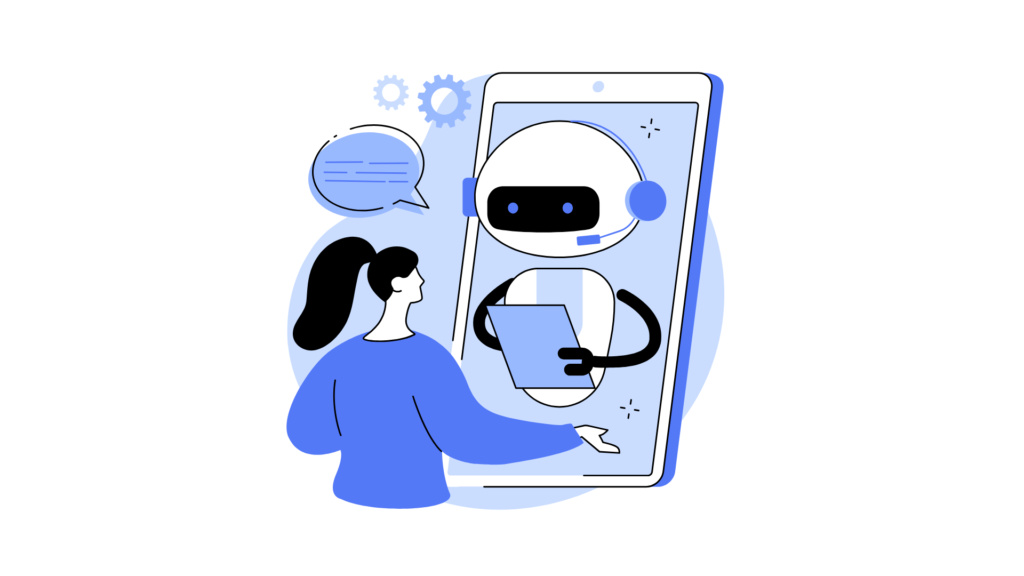




 The choice of a chatbot-building tool depends on factors such as technical expertise, use case, scalability requirements, and budget. Platforms like Dialogflow and Microsoft Bot Framework cater to developers seeking advanced features, while tools like Tars focus on simplicity and ease of use. Meanwhile, Rasa stands out for its open-source nature, giving developers full control over their chatbot projects. Investing in the right chatbot tool or platform not only simplifies the development process but also ensures a better user experience and functionality. As businesses continue to adopt chatbots to enhance operations, leveraging these powerful tools can lead to smarter, more efficient, and engaging conversational agents. For more such content visit these pages from Edusoft!
The choice of a chatbot-building tool depends on factors such as technical expertise, use case, scalability requirements, and budget. Platforms like Dialogflow and Microsoft Bot Framework cater to developers seeking advanced features, while tools like Tars focus on simplicity and ease of use. Meanwhile, Rasa stands out for its open-source nature, giving developers full control over their chatbot projects. Investing in the right chatbot tool or platform not only simplifies the development process but also ensures a better user experience and functionality. As businesses continue to adopt chatbots to enhance operations, leveraging these powerful tools can lead to smarter, more efficient, and engaging conversational agents. For more such content visit these pages from Edusoft! 